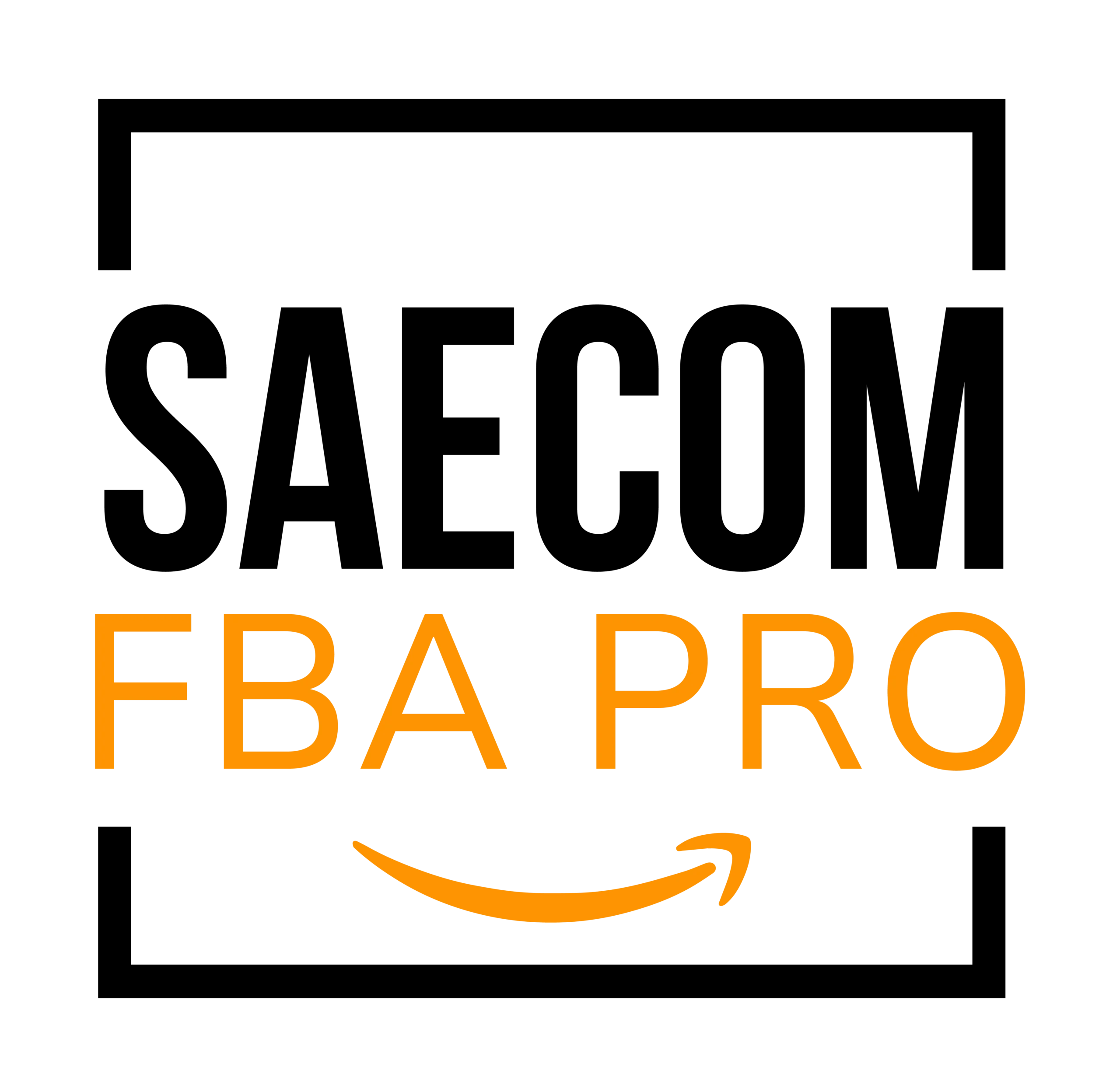How Amazon FBA Restocking Fees Work: A Seller’s Guide
An Amazon FBA restocking fee is a charge applied by Amazon to sellers when customers return products that need to be restocked. To fully understand how these fees work, it’s essential to first grasp the basics of Amazon FBA (Fulfillment by Amazon).
Basics of Amazon FBA
Amazon FBA, or Fulfillment by Amazon, is a service offered by Amazon that has changed how online sellers manage their businesses. This service allows sellers to send their products to Amazon’s vast network of fulfillment centers, where the company handles storage, packing, and delivery on their behalf.
When a customer orders a product fulfilled by Amazon, the company takes care of everything from packaging the item to shipping it to the customer. This setup allows sellers to focus on sourcing new products and marketing efforts without dealing with the day-to-day logistics of order fulfillment.
Benefits of Using Amazon FBA
There are numerous advantages to using Amazon FBA, which makes it an appealing option for many online sellers. One of the biggest benefits is the time and effort saved, as Amazon manages the packing, shipping, and customer service.
Additionally, Amazon’s strong reputation as a reliable marketplace helps sellers build credibility and reach a larger audience. Many customers prefer purchasing products fulfilled by Amazon because of the trust and convenience associated with the brand.
Another major perk is that products fulfilled through Amazon FBA qualify for Amazon Prime. This means sellers can offer fast, free shipping options like two-day delivery to Prime members, enhancing the customer experience and increasing the chances of making a sale.
The Concept of Restocking Fees

Defining Restocking Fees
Restocking fees are charges that sellers pay when customers return products. These fees are meant to cover the costs of inspecting, repackaging, and returning the items to inventory. The fee amount typically depends on the type of product and can either be a flat fee or a percentage of the product’s price.
Purpose of Restocking Fees
Restocking fees serve two main purposes. First, they help deter customers from making unnecessary or frequent returns without a good reason. Second, they help sellers offset the costs associated with handling returns, such as inspecting the returned items and preparing them to be sold again.
When a product is returned, Amazon conducts a careful inspection to determine its condition and decide if it can be resold as new or if it needs repair or repackaging. This thorough process ensures that customers receive quality products with every purchase.
The restocking process involves more than just checking items. Sellers need to properly repackage the products with suitable materials and update the product listing and inventory levels. Restocking fees help cover these additional expenses and also contribute to reducing waste and the environmental impact associated with frequent returns.
Amazon FBA Restocking Fee Explained
Calculation of Amazon FBA Restocking Fee
The amount charged as a restocking fee through Amazon FBA typically depends on the product category and can either be a set fee or a percentage of the product’s price. Categories like electronics often carry higher restocking fees compared to other products like clothing. Sellers can refer to Amazon’s policies to see the applicable fees for specific categories.
When Does Amazon Charge a Restocking Fee?
Amazon applies a restocking fee when customers return items to sellers who use FBA. However, not every return leads to a fee. For example, if the product was defective, damaged, or misrepresented in the listing, Amazon usually waives the fee.
The restocking fee calculation depends on the condition of the returned item. If it’s still in new condition and can be resold, the fee is typically a percentage of the original price. In cases where an item cannot be resold as new, a predetermined fee for that category may be applied to cover the added cost of inspecting and handling the product.
Sellers can review Amazon’s detailed guidelines for specific fee rates and rules, ensuring they charge appropriately and comply with Amazon’s return policies.
Impact of Restocking Fees on Sellers

Financial Implications for Sellers
Restocking fees can have a noticeable impact on a seller’s bottom line. A high volume of returns coupled with restocking fees can eat into profits. That’s why it’s essential for sellers to factor these fees into their pricing strategy and overall profit margin calculations.
How Restocking Fees Affect Inventory Management
Restocking fees also influence how sellers manage their inventory. By closely monitoring return trends, sellers can spot recurring issues with product quality, descriptions, or customer expectations. Addressing these problems can help reduce returns and lower the associated restocking fees, leading to better stock management and happier customers.
Furthermore, returns and restocking fees can strain relationships between sellers and their suppliers. If sellers need to return products to suppliers due to customer returns, they might also face supplier restocking fees. This adds another financial burden, making it crucial for sellers to negotiate favorable terms with their suppliers to minimize losses.
Additionally, high restocking fees and frequent returns can damage a seller’s reputation. If customers feel unfairly charged, they may leave negative reviews or avoid future purchases. Sellers need to carefully balance restocking fees with maintaining good customer relationships to protect their brand’s image.
Impact of Restocking Fees on Buyers

How Restocking Fees Influence Buyer Behavior
Restocking fees can affect how customers shop. The presence of these fees may discourage buyers from making casual or impulse returns, prompting them to think more carefully before purchasing. However, if the fees are too high or not clearly explained, they might deter potential buyers from placing an order in the first place.
Buyer’s Rights and Restocking Fees
It’s important for customers to understand their rights regarding restocking fees. Amazon has clear policies to protect buyers, ensuring they aren’t charged fees for returns involving defective or misrepresented products. Buyers should always check the return policy on the product page and review Amazon’s guidelines to know when restocking fees may apply.
Several factors influence how restocking fees affect buyer behavior. A reasonable, well-communicated fee might not deter returns, especially for dissatisfied customers. But an excessively high or poorly explained fee can discourage future purchases.
For this reason, it’s crucial for sellers to be transparent about their return policies and any applicable fees. A clear, customer-friendly policy builds trust and makes it more likely that buyers will complete their purchases confidently.
Final Thoughts
Fees are a common practice not only on Amazon but across other e-commerce platforms and physical retail stores. These fees are meant to help sellers cover the extra costs associated with handling returns, from inspection to repackaging and inventory updates. While restocking fees protect a seller’s profitability, it’s important to implement them thoughtfully to maintain positive customer relationships and avoid discouraging potential buyers.


